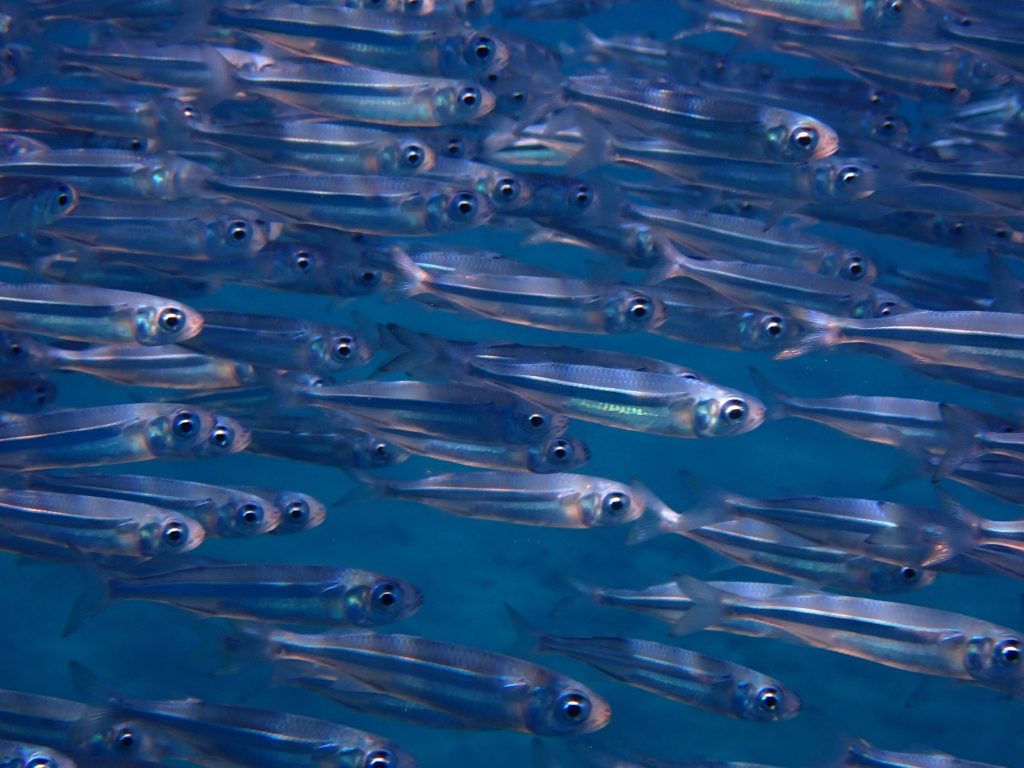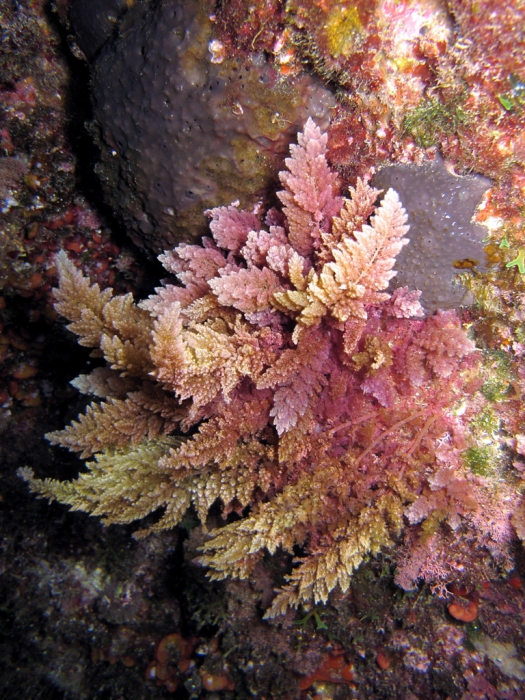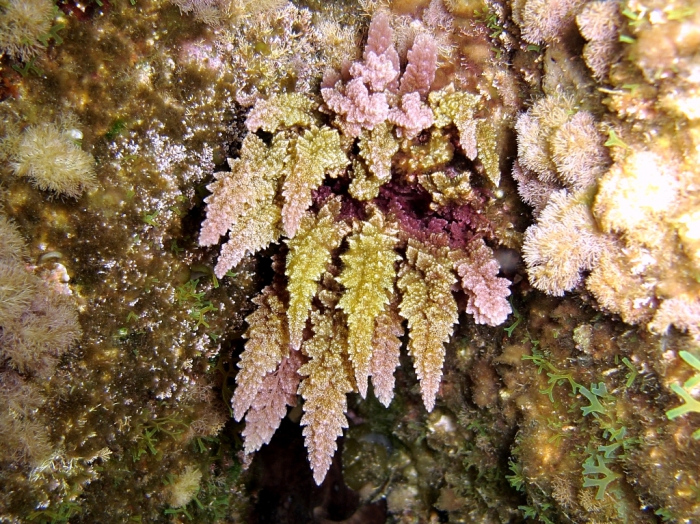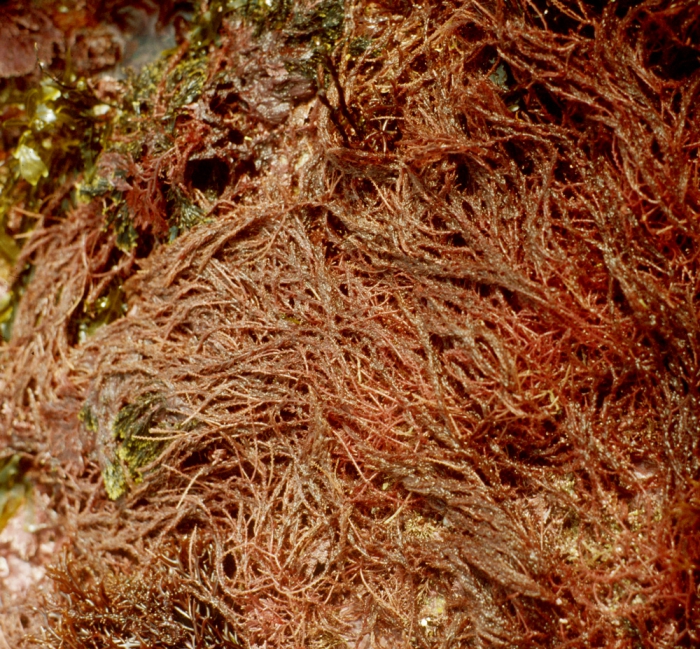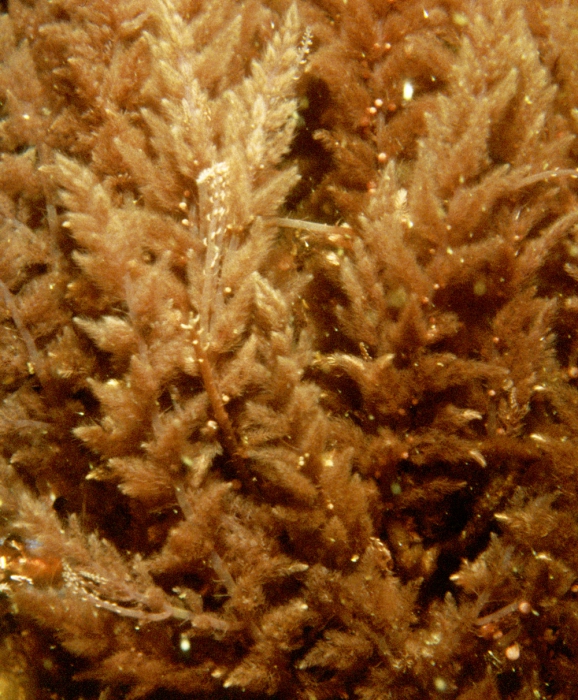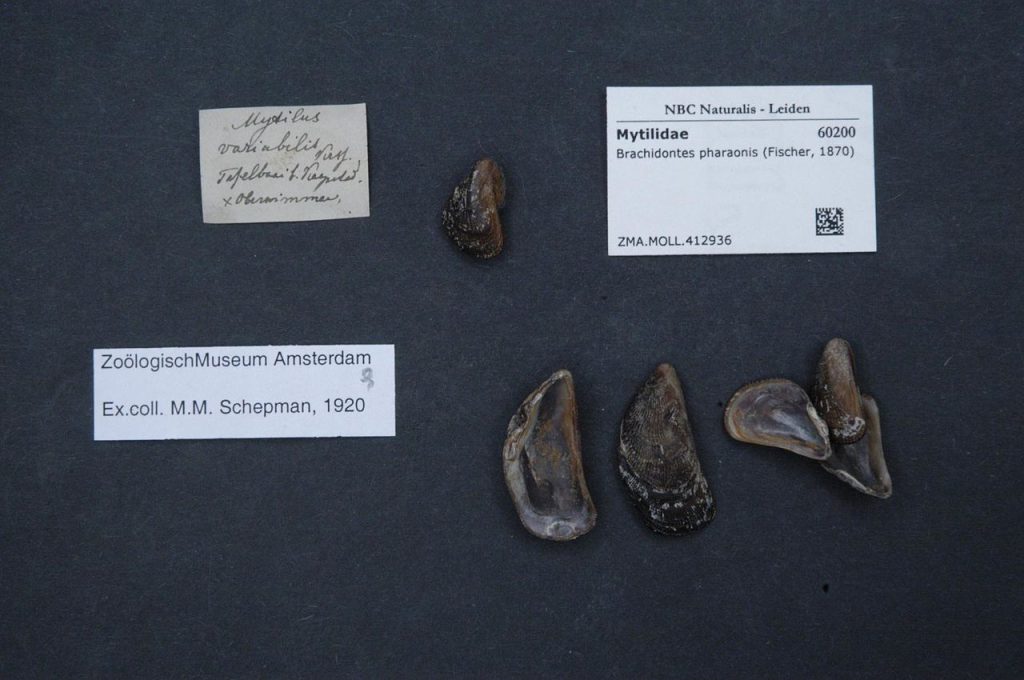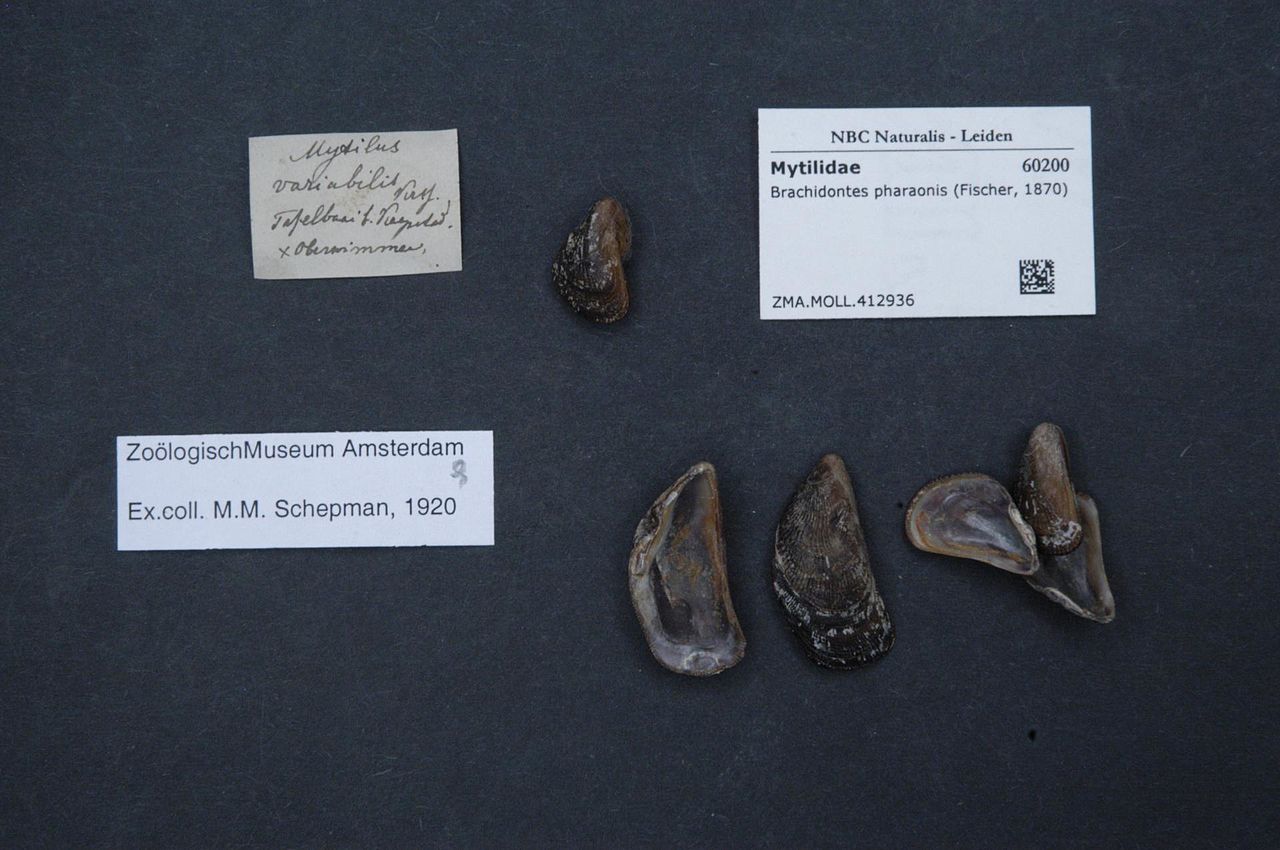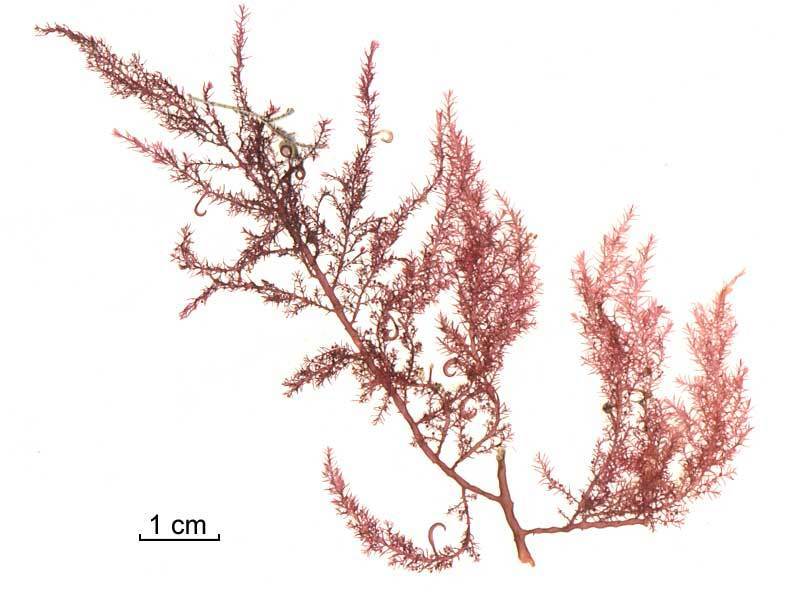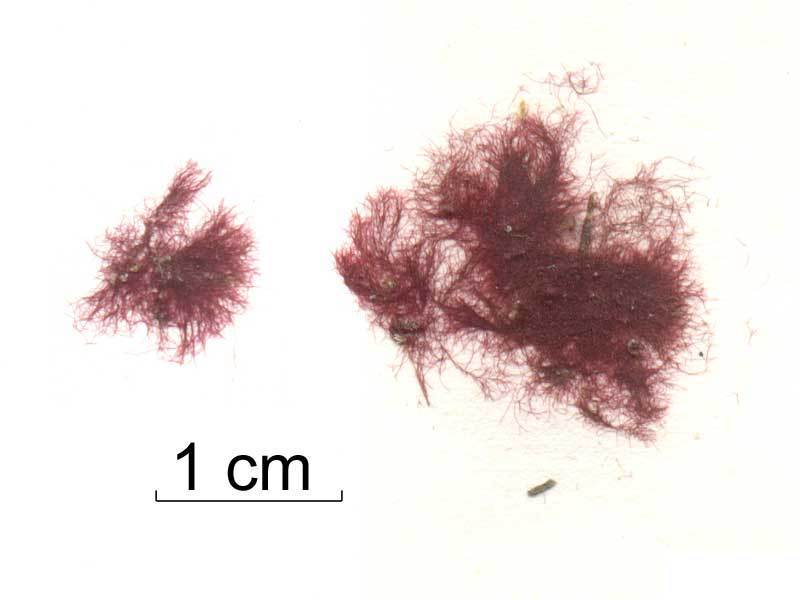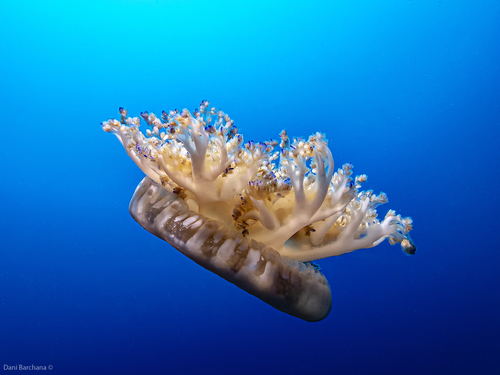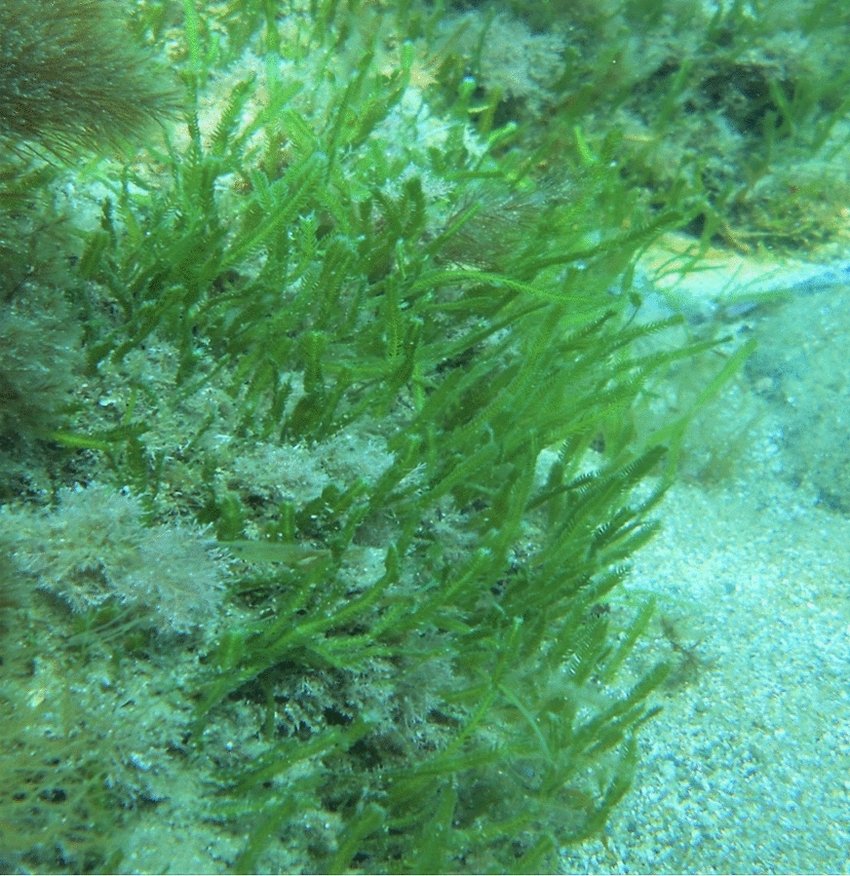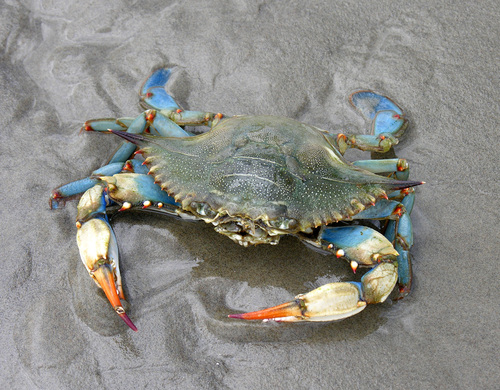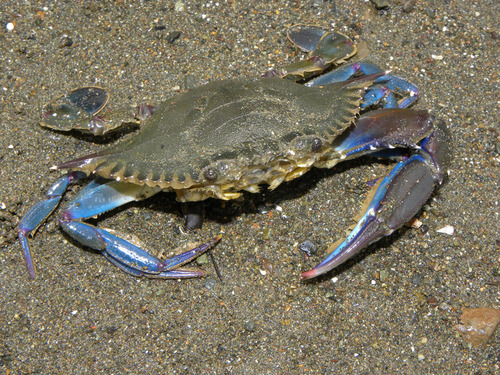Anadara transversa

Anadara transversa (Say, 1822)
It is a marine bivalve with a thick, strongly ribbed shell. The hinge line bears numerous teeth, arranged in a line on both valves. Both valves have prominent beaks which are set close to the anterior end and curved inward. The shell is heart-shaped in a side view. The shell is somewhat oblong, with straight shoulders below the beak. Both shells have about 12 radiating ribs. The shell is white, but it is covered with a brown periostracum. This bivalve does not have a siphon. This shell typically reaches 25 mm. Ark shells occasionally attach to rocks and shells with byssus threads.
Zenetos, A. (1994). Scapharca demiri (Piani, 1981): First finding in the North Aegean Sea. La Conchiglia 271: 37-38
1993
TS-hulls
Transverse ark
It is a suspension-feeding bivalve and feeds on phytoplankton found in sandy and muddy subtidal bottoms (<25m depth), in polyhaline-euhaline salinities. Arks occasionally attach to rocks and shells with byssus threads. This bivalve has planktonic veliger larvae.
No impact on biodiversity has been reported to date.
Ecological impacts: In the Adriatic Sea, the rapid increase and numerical dominance of A. transversa is suggestive of competition. The attachment of juvenile A. transversa to snails and bivalves may restrict their movement and habitat use.
Yes
No
Records of Anadara trasversa
Sites where Anadara trasversa has been recorded in the Hellenic Sea.
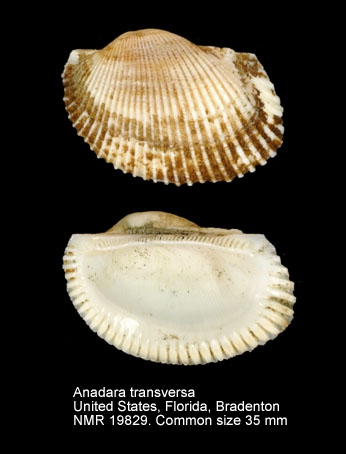
Anadara transversa Read More »

